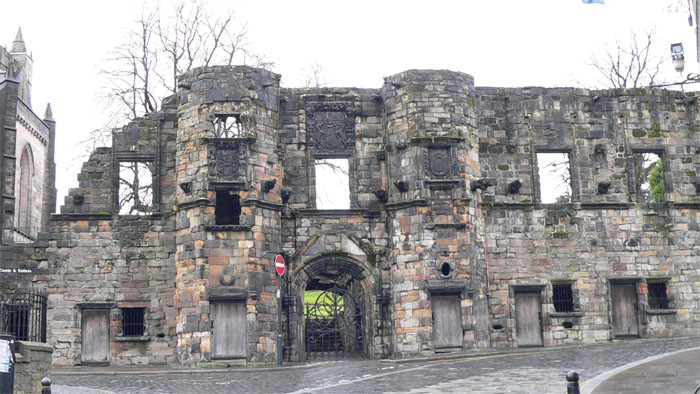|
Battle Of Stirling (1648)
The second Battle of Stirling was fought on 12 September 1648 during the Scottish Civil War of the 17th century. The battle was fought between the Engagers who were a faction of the Scottish Covenanters under the command of George Munro, 1st of Newmore and who had made "The Engagement" with Charles I of England in December 1647, against the Kirk Party who were a radical Presbyterian faction of the Scottish Covenanters who were under the command of Archibald Campbell, 1st Marquess of Argyll. Background The Battle of Stirling in 1648 was part of the War of the Three Kingdoms. By this time, the Presbyterian Covenanter movement had defeated the Scottish Royalists, who favoured unconditional loyalty to King Charles I. The Independent party in the English Parliament and the English New Model Army posed a threat to the Solemn League and Covenant and the aspirations of the Scots and the English Presbyterians to secure a Presbyterian church north and south of the border. One f ... [...More Info...] [...Related Items...] OR: [Wikipedia] [Google] [Baidu] |
Scotland In The Wars Of The Three Kingdoms
Between 1639 and 1653, Scotland was involved in the Wars of the Three Kingdoms, a series of wars starting with the Bishops Wars (between Scotland and England), the Irish Rebellion of 1641, the English Civil War (and its extension in Scotland), the Irish Confederate Wars, and finally the subjugation of Ireland and Scotland by the English Roundhead New Model Army. In Scotland itself, from 1644 to 1645 a Scottish civil war was fought between Scottish Royalists—supporters of Charles I under James Graham, 1st Marquis of Montrose—and the Covenanters, who had controlled Scotland since 1639 and allied with the English Parliament. The Scottish Royalists, aided by Irish troops, had a rapid series of victories in 1644–45, but were eventually defeated by the Covenanters. The Covenanters then found themselves at odds with the English Parliament, so they crowned Charles II at Scone and thus stated their intention to place him on the thrones of England and Ireland as well. This l ... [...More Info...] [...Related Items...] OR: [Wikipedia] [Google] [Baidu] |

